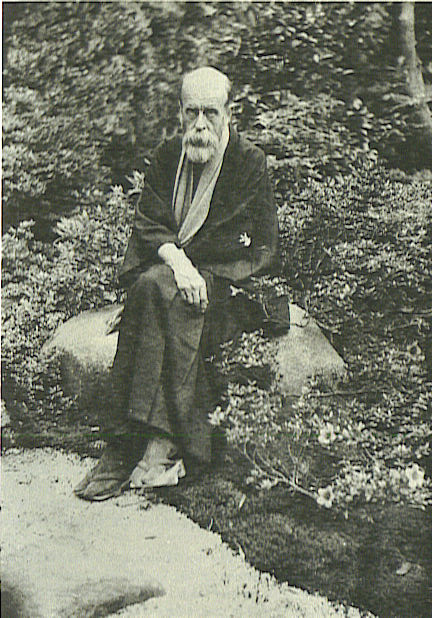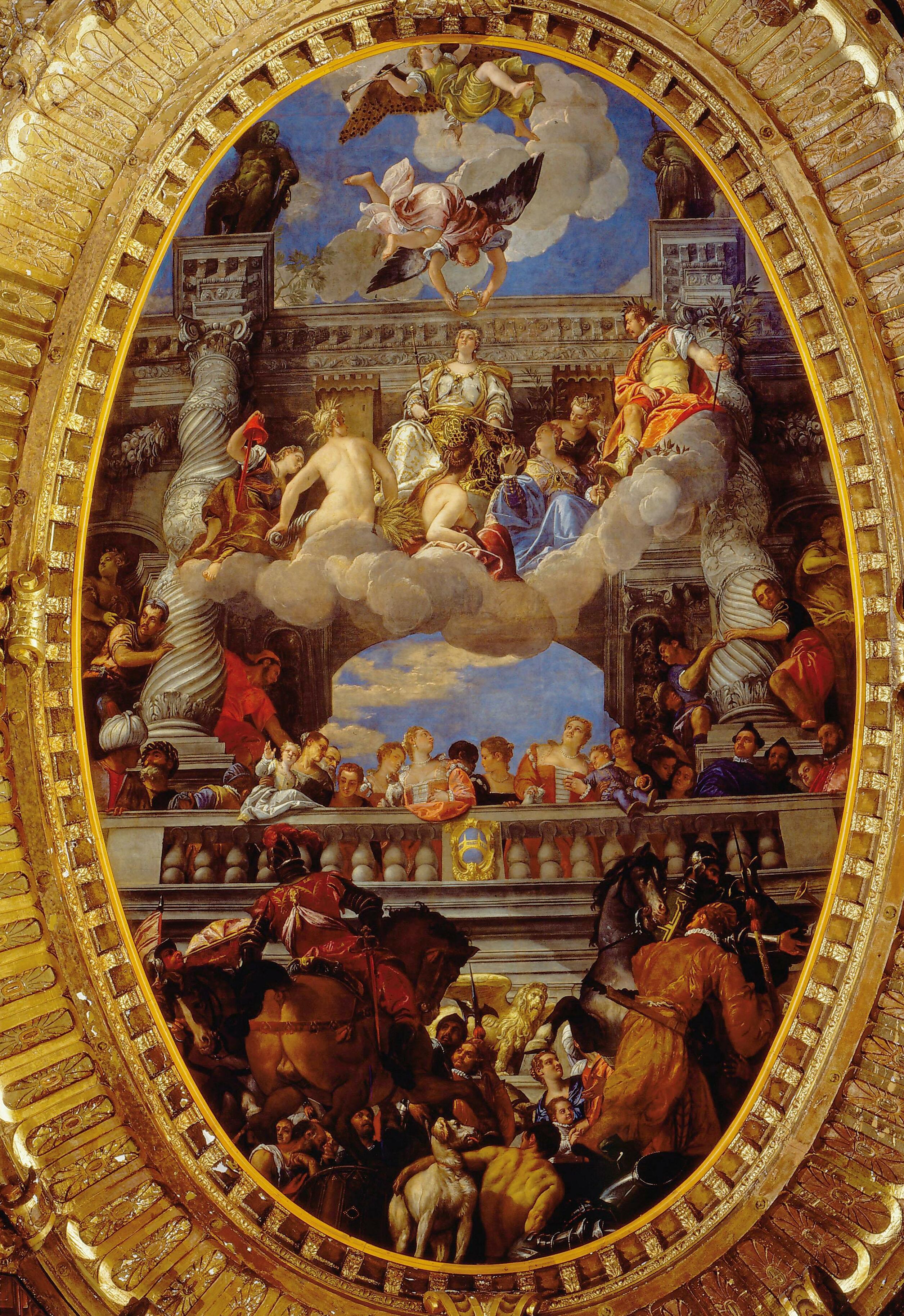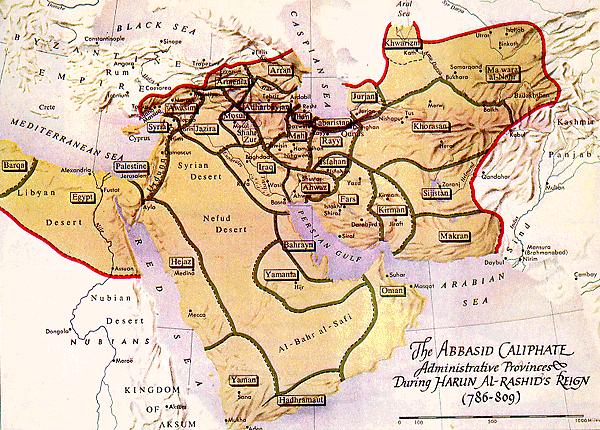|
Tachibana No Kachiko
, also known as , was a Japanese empress, the chief consort of Emperor SagaPonsonby-Fane, Richard. (1959). ''The Imperial House of Japan,'' pp. 318-319. and the daughter of .Ponsonby-Fane, p. 319. She was de facto ruler of the empire between 833 and 850. The empress was a devout Buddhist. She founded the Buddhist Danrin-ji temple complex, and for this reason, she came to be called Danrin''-kōgō.'' She died in the 4th day of the 5th month of 850. Known for her renowned beauty in her life, on her deathbed, Empress Danrin requested her body to be left open to the environment for the public to see the effects of human decomposition. This event later became a popular Japanese folk legend and was later depicted by the 18th century paintingNine Stages of Decomposition of the Heian Period Empress Danrin. Genealogy Lady Kachiko was born to Tachibana no Kiyotomo and his wife, Taguchi Michihime. In June 809, Tachibana no Kachiko married the new emperor. The marriage produced seven chil ... [...More Info...] [...Related Items...] OR: [Wikipedia] [Google] [Baidu] |
Empress Consort Of Japan
The empress of Japan is the title given to the wife of the Emperor of Japan or a female ruler in her own right. The current empress consort is Empress Masako, who ascended the throne with her husband on 1 May 2019. Empress regnant Titles * ''Josei Tennō'' (女性天皇, lit. "female heavenly emperor") or ''Jotei'' (, lit. "female emperor") – Because there is no feminine equivalent to king and emperor in East Asian languages, different titles are used for female monarchs and female consorts. ''Josei Tennō'' refers only to an queen regnant, empress regnant of Japan, and ''Jotei'' refers to an empress regnant of any countries. * ''Tennō'' (天皇, lit. "heavenly emperor") or ''Kōtei'' (皇帝, lit. "emperor") – Unlike European languages, in East Asia, the titles of female monarchs can also be abbreviated as "king" or "emperor", much like their male counterparts. However, to avoid confusion with male monarchs, they are usually referred to as "female king" or "female emper ... [...More Info...] [...Related Items...] OR: [Wikipedia] [Google] [Baidu] |
Richard Ponsonby-Fane
Richard Arthur Brabazon Ponsonby-Fane (8 January 1878 – 10 December 1937) was a British academic, author, specialist of Shinto and Japanologist. Early years Richard Arthur Brabazon Ponsonby was born at Gravesend, Kent, Gravesend on the south bank of the Thames in Kent, England to John Ponsonby-Fane, John Henry and Florence Ponsonby. His boyhood was spent in the family home in London and at the Somerset country home, Brympton d'Evercy, of his grandfather, Spencer Ponsonby-Fane."A Biographical sketch of Dr. R. Ponsonby-Fane," ''Studies in Shinto and Shrines,'' p. 517. Ponsonby was educated at Harrow School. He added "Fane" to his own name when he inherited Brympton d'Evercy in 1916 after the deaths of both his grandfather and father. Career In 1896, Ponsonby traveled to Cape Town to serve as Private Secretary to the British Cape Colony, Governor of the British Cape Colony.Ponsonby-Fane, p. 518. For the next two decades, his career in the British Empire's colonial governments ... [...More Info...] [...Related Items...] OR: [Wikipedia] [Google] [Baidu] |
8th-century Japanese People
The 8th century is the period from 701 (represented by the Roman numerals DCCI) through 800 (DCCC) in accordance with the Julian Calendar. In the historiography of Europe the phrase the long 8th century is sometimes used to refer to the period of circa AD 660–820. The coast of North Africa and the Iberian Peninsula quickly came under Islamic Arab domination. The westward expansion of the Umayyad Empire was famously halted at the siege of Constantinople by the Byzantine Empire and the Battle of Tours by the Franks. The tide of Arab conquest came to an end in the middle of the 8th century.Roberts, J., '' History of the World'', Penguin, 1994. In Europe, late in the century, the Vikings, seafaring peoples from Scandinavia, begin raiding the coasts of Europe and the Mediterranean, and go on to found several important kingdoms. In Asia, the Pala Empire is founded in Bengal. The Tang dynasty reaches its pinnacle under Chinese Emperor Xuanzong. The Nara period begins in Jap ... [...More Info...] [...Related Items...] OR: [Wikipedia] [Google] [Baidu] |
9th-century Buddhists
The 9th century was a period from 801 (represented by the Roman numerals DCCCI) through 900 (CM) in accordance with the Julian calendar. The Carolingian Renaissance and the Viking raids occurred within this period. In the Middle East, the House of Wisdom was founded in Abbasid Caliphate, Abbasid Baghdad, attracting many scholars to the city. The field of algebra was founded by the Muslim polymath al-Khwarizmi. The most famous Islamic scholar Ahmad ibn Hanbal was tortured and Imprisonment, imprisoned by Abbasid official Ahmad ibn Abi Du'ad during the reign of Abbasid caliph al-Mu'tasim and caliph al-Wathiq. In Southeast Asia, the height of the Mataram Kingdom happened in this century, while Burma would see the establishment of the major kingdom of Pagan Kingdom, Pagan. Tang china, Tang China started the century with the effective rule under Emperor Xianzong of Tang, Emperor Xianzong and ended the century with the Huang Chao#Rebellions, Huang Chao rebellions. In America, the Maya ... [...More Info...] [...Related Items...] OR: [Wikipedia] [Google] [Baidu] |
8th-century Buddhists
The 8th century is the period from 701 (represented by the Roman numerals DCCI) through 800 (DCCC) in accordance with the Julian Calendar. In the historiography of Europe the phrase the long 8th century is sometimes used to refer to the period of circa AD 660–820. The coast of North Africa and the Iberian Peninsula quickly came under Islamic Arab domination. The westward expansion of the Umayyad Caliphate, Umayyad Empire was famously halted at the Siege of Constantinople (718), siege of Constantinople by the Byzantine Empire and the Battle of Tours by the Franks. The tide of Arab conquest came to an end in the middle of the 8th century.Roberts, J., ''History of the World (book), History of the World'', Penguin, 1994. In Europe, late in the century, the Vikings, seafaring peoples from Scandinavia, begin raiding the coasts of Europe and the Mediterranean, and go on to found several important Monarchy, kingdoms. In Asia, the Pala Empire is founded in Bengal. The Tang dynasty ... [...More Info...] [...Related Items...] OR: [Wikipedia] [Google] [Baidu] |
Japanese Buddhist Nuns
Japanese may refer to: * Something from or related to Japan, an island country in East Asia * Japanese language, spoken mainly in Japan * Japanese people, the ethnic group that identifies with Japan through ancestry or culture ** Japanese diaspora, Japanese emigrants and their descendants around the world * Japanese citizens, nationals of Japan under Japanese nationality law ** Foreign-born Japanese, naturalized citizens of Japan * Japanese writing system, consisting of kanji and kana * Japanese cuisine, the food and food culture of Japan See also * List of Japanese people * * Japonica (other) * Japanese studies , sometimes known as Japanology in Europe, is a sub-field of area studies or East Asian studies involved in social sciences and humanities research on Japan. It incorporates fields such as the study of Japanese language, history, culture, litera ... {{disambiguation Language and nationality disambiguation pages ... [...More Info...] [...Related Items...] OR: [Wikipedia] [Google] [Baidu] |
Deified Japanese Women
Apotheosis (, ), also called divinization or deification (), is the glorification of a subject to divine levels and, commonly, the treatment of a human being, any other living thing, or an abstract idea in the likeness of a deity. The original sense of apotheosis relates to religion and is the subject of many works of art. Figuratively "apotheosis" may be used in almost any context for "the deification, glorification, or exaltation of a principle, practice, etc.", so normally attached to an abstraction of some sort. In religion, apotheosis was a feature of many religions in the ancient world, and some that are active today. It requires a belief that there is a possibility of newly created gods, so a polytheistic belief system. The major modern religions of Christianity, Islam, and Judaism do not allow for this, though many recognise minor sacred categories such as saints (created by a process called canonization). In Christian theology there is a concept of the faithful bec ... [...More Info...] [...Related Items...] OR: [Wikipedia] [Google] [Baidu] |
Japanese Empresses Consort
Japanese may refer to: * Something from or related to Japan, an island country in East Asia * Japanese language, spoken mainly in Japan * Japanese people, the ethnic group that identifies with Japan through ancestry or culture ** Japanese diaspora, Japanese emigrants and their descendants around the world * Japanese citizens, nationals of Japan under Japanese nationality law ** Foreign-born Japanese, naturalized citizens of Japan * Japanese writing system, consisting of kanji and kana * Japanese cuisine, the food and food culture of Japan See also * List of Japanese people * * Japonica (other) * Japanese studies , sometimes known as Japanology in Europe, is a sub-field of area studies or East Asian studies involved in social sciences and humanities research on Japan. It incorporates fields such as the study of Japanese language, history, culture, litera ... {{disambiguation Language and nationality disambiguation pages ... [...More Info...] [...Related Items...] OR: [Wikipedia] [Google] [Baidu] |
850 Deaths
__NOTOC__ Year 850 ( DCCCL) was a common year starting on Wednesday of the Julian calendar. Events By place Europe * February 1 – King Ramiro I dies in his palace at Santa María del Naranco (near Oviedo), after an 8-year reign. He is succeeded by his son Ordoño I, as ruler of Asturias. * Danish Viking raiders, led by King Rorik, conquer Dorestad and Utrecht (modern-day Netherlands). Emperor Lothair I recognizes him as ruler of most of Friesland. * King Louis II, the eldest son of Lothair I, is crowned joint emperor by Pope Leo IV at Rome, and becomes co-ruler of the Middle Frankish Kingdom. Britain * King Kenneth I (also called Kenneth MacAlpin) of Alba (modern Scotland) invades Northern Northumbria during the period of 850– 858, burning Dunbar and Melrose. * The Pillar of Eliseg is erected by King Cyngen ap Cadell of Powys (Wales), as a memorial to his great-grandfather Elisedd ap Gwylog (or Eliseg) (approximate date). Middle East * The Abb ... [...More Info...] [...Related Items...] OR: [Wikipedia] [Google] [Baidu] |
786 Births
__NOTOC__ Year 786 ( DCCLXXXVI) was a common year starting on Sunday of the Julian calendar, the 786th year of the Common Era (CE) and Anno Domini (AD) designations, the 786th year of the 1st millennium, the 86th year of the 8th century, and the 7th year of the 780s decade. The denomination 786 for this year has been used since the early medieval period, when the Anno Domini calendar era became the prevalent method in Europe for naming years. Events By place Europe * King Charles the Younger, son of Charlemagne and ruler of Aquitaine, visits Monte Cassino and Capua, both in Beneventan territory. Prince Arechis II, feeling threatened by the Franks, decides that he needs to stop quarrelling with the Byzantine Duchy of Naples so he can focus on the Frankish foe. Prince Arechis II therefore signs a peace agreement, or 'pactum', with the Duchy of Naples. Britain * Cyneheard, brother of the late king Sigeberht, ambushes and kills his rival Cynewulf of Wessex, while he ... [...More Info...] [...Related Items...] OR: [Wikipedia] [Google] [Baidu] |
Takano No Niigasa
was a concubine of Emperor Kōnin of Japan and the mother of Emperor Kanmu. Her full name was Takano no Asomi Niigasa ( 高野朝臣 新笠). Life Niigasa was a daughter of Yamato no Ototsugu (和乙継) who was a descendant of Prince Junda (c. 480–513). Prince Junda, the second son of King Muryeong of Baekje, was born in Japan and eventually became the ancestor of later known to be Yamato clan. Her mother was known to be Haji no Sukune Maimo (土師宿禰 真妹), whose surname is later, also known be Oe no Asomi (大枝朝臣). She became a concubine of Prince Shirakabe, grandson of Emperor Tenji, and bore Prince Yamabe in 737 and Prince Sawara in 750. Prince Shirakabe was married to Princess Inoe, a daughter of Emperor Shōmu in 744. When Empress Kōken died in 770, Shirakabe was appointed her successor and acceded to the throne as Emperor Kōnin. Princess Inoe and her son, Prince Osabe, were nominated as the Empress and the crown prince respectively, because of her ... [...More Info...] [...Related Items...] OR: [Wikipedia] [Google] [Baidu] |





